







www.biorxiv.org/content/10.1...
Using a transdiagnostic framework, we found that brain network dynamics were able to discriminate individualized psychiatric symptom profiles with high accuracy 🧵1/9👇
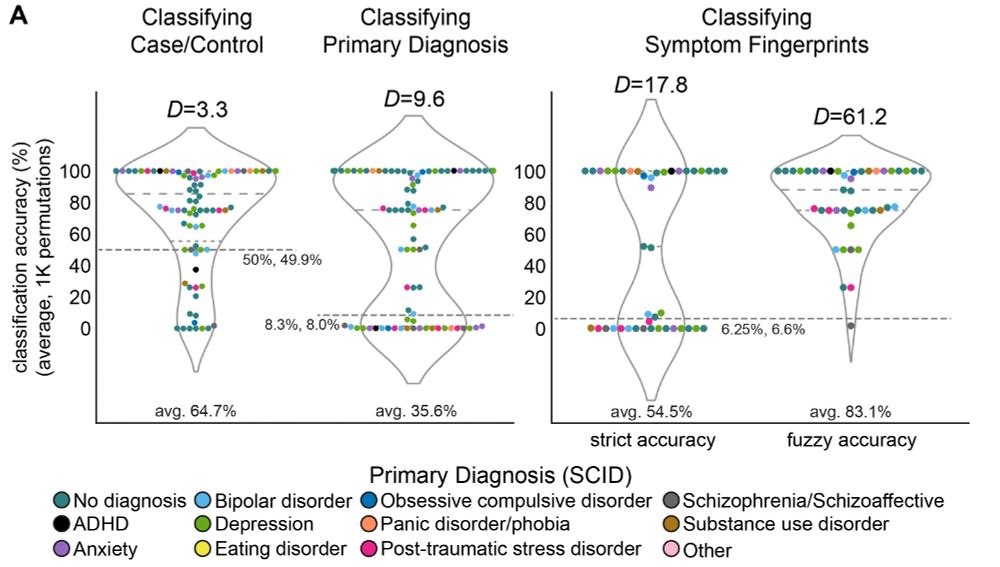
www.biorxiv.org/content/10.1...
Using a transdiagnostic framework, we found that brain network dynamics were able to discriminate individualized psychiatric symptom profiles with high accuracy 🧵1/9👇

Quick reminder @ the next AFNI Bootcamp: May 28-30, 2025. Learn through interactive data analysis!
Day 1-2: data viz, single subject analysis and QC.
Day 3: statistics, results reporting and group analysis.
Details, registration and schedule:
afni.nimh.nih.gov/bootcamp

Quick reminder @ the next AFNI Bootcamp: May 28-30, 2025. Learn through interactive data analysis!
Day 1-2: data viz, single subject analysis and QC.
Day 3: statistics, results reporting and group analysis.
Details, registration and schedule:
afni.nimh.nih.gov/bootcamp

@mariejosevantol.bsky.social
Read more: www.biorxiv.org/content/10.1....

"Go Figure: Transparency in neuroscience images preserves context and clarifies interpretation"
arxiv.org/abs/2504.07824
TL;DR: The FMRI world can (and should) improve results interpretation and reproducibility *today*, via transparent thresholding.
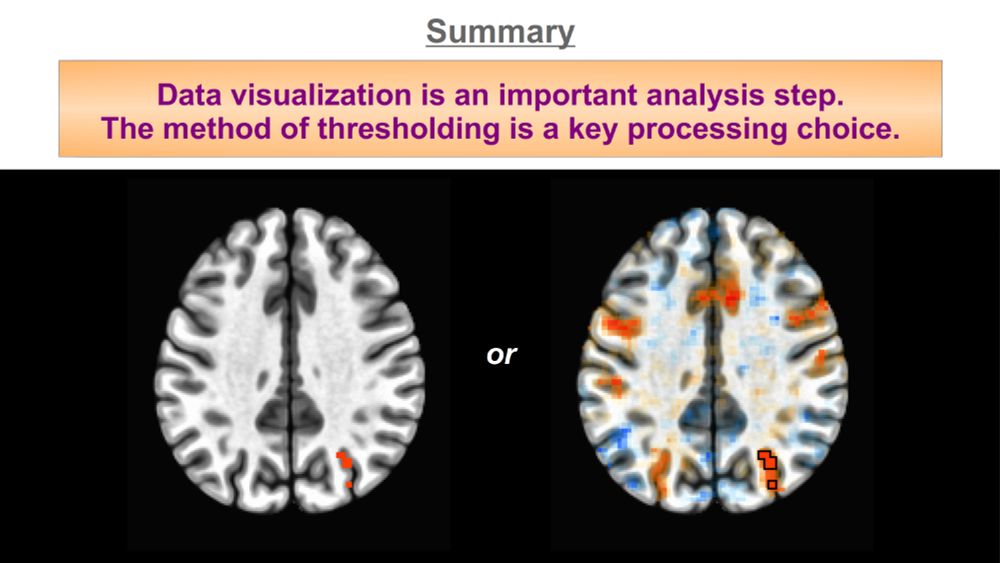
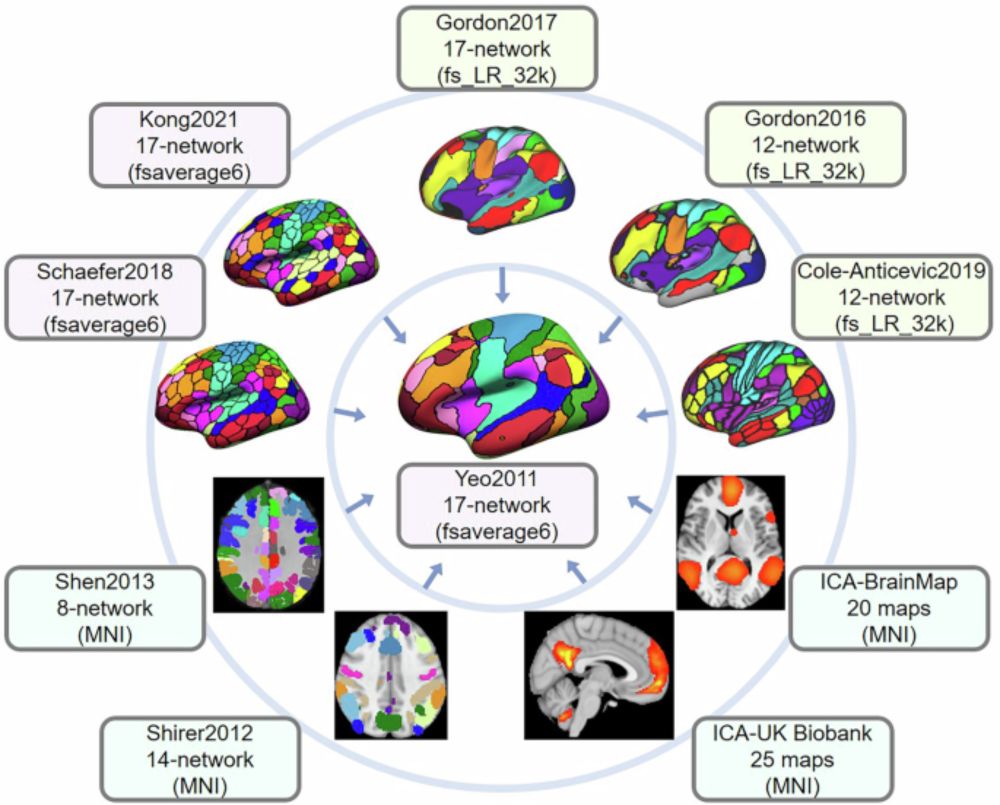
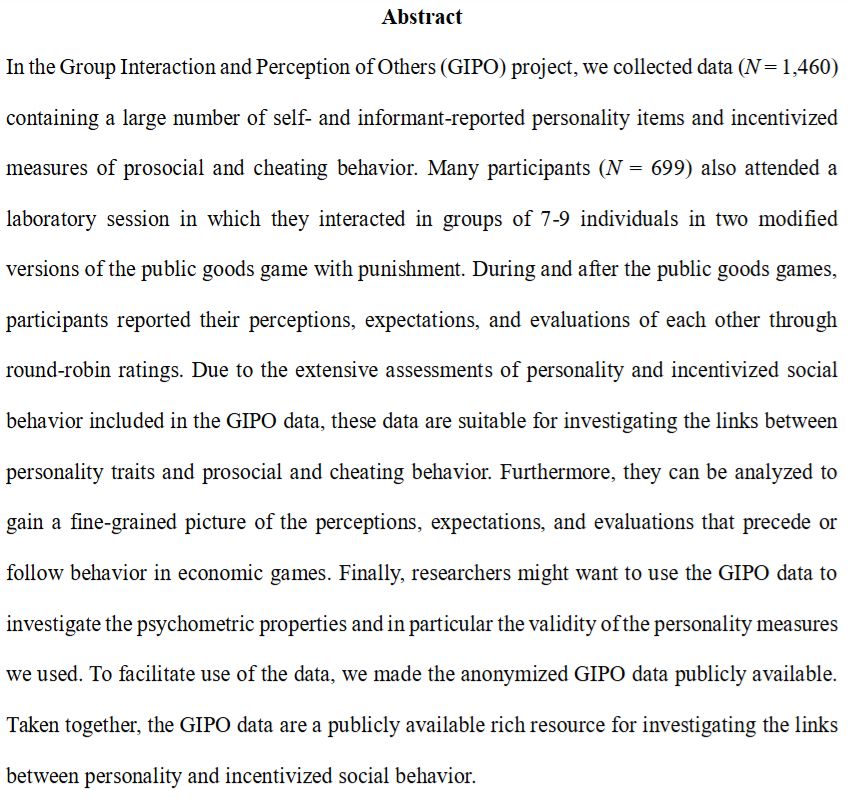




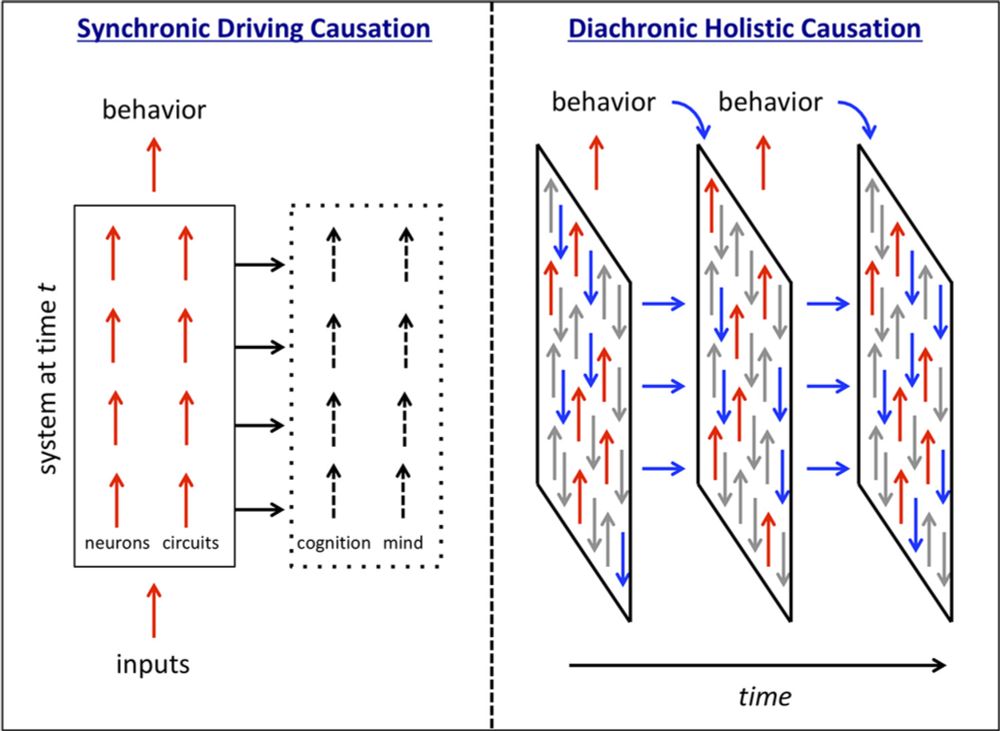
This was led by former Bachelor student Débora Elizarrarás and postdoc César Carranza. Here we wanted to study structural brain changes in opiod self-administration. Specifically if there was a link between MRI volume and neuroinflamation.

This was led by former Bachelor student Débora Elizarrarás and postdoc César Carranza. Here we wanted to study structural brain changes in opiod self-administration. Specifically if there was a link between MRI volume and neuroinflamation.
#NetworkScience #WiNS
#NetworkScience #WiNS
#neuroskyence
#neuroskyence
Here we use non-negative matrix decomposition using morphological and qMRI measures (T1, T2*) to understand the relationship between GM and microstructure across the Alzheimer's spectrum.
www.sciencedirect.com/science/arti...

Here we use non-negative matrix decomposition using morphological and qMRI measures (T1, T2*) to understand the relationship between GM and microstructure across the Alzheimer's spectrum.
www.sciencedirect.com/science/arti...
@jalilrt.bsky.social
.
Does chronic stress increases alcohol drinking in adolescent rats and how does that affect their behavior, brain structure and functional connectivity, and is there an effect of sex?
www.biorxiv.org/content/10.1...
@jalilrt.bsky.social
.
Does chronic stress increases alcohol drinking in adolescent rats and how does that affect their behavior, brain structure and functional connectivity, and is there an effect of sex?
www.biorxiv.org/content/10.1...
Thread below👇
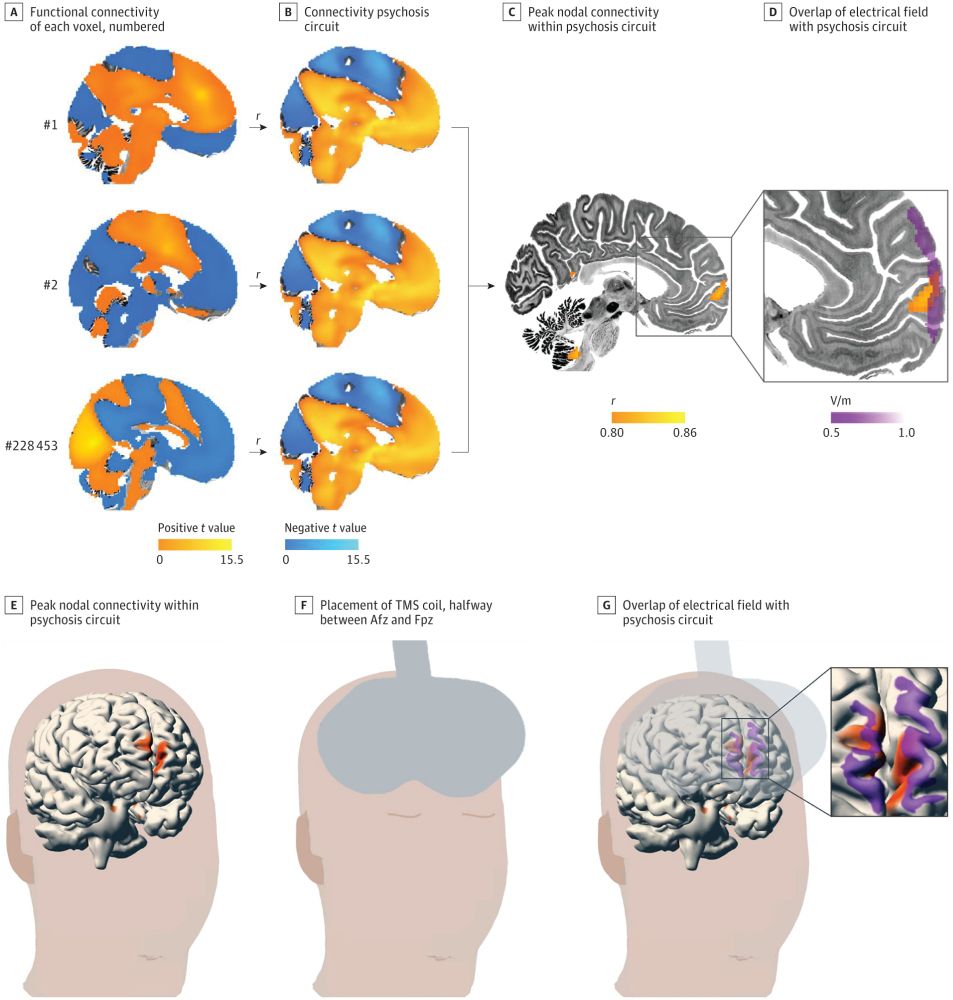
Thread below👇
Calls will close April 20.
q2summerschool.com
ibro.org/training-opp...
Calls will close April 20.
q2summerschool.com
ibro.org/training-opp...
link.springer.com/article/10.1...
link.springer.com/article/10.1...
To address this, we're surveying researchers about their sociodemographic questionnaires:
forms.gle/T8EiWHNJ4UoS...
To address this, we're surveying researchers about their sociodemographic questionnaires:
forms.gle/T8EiWHNJ4UoS...


